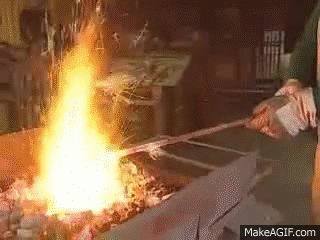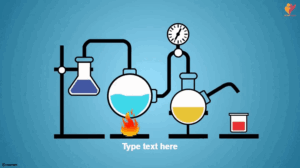Metals

“Metals Unveiled” is a full look at the properties, alloys, and uses of metals.
A big part of materials science is studying metals, which are known for their shine, ability to be shaped, and ability to carry electricity. This in-depth look tries to figure out the many sides of metals by looking at their qualities, alloys, and wide range of uses in different fields.
Introduction to Metals
Metals, found on the left side of the periodic table, are characterized by their ability to conduct electricity, malleability, ductility, and a characteristic metallic luster. The majority of elements in the periodic table fall under the category of metals, with notable examples including copper, iron, aluminum, and gold.
Physical Properties of Metals:
Metals exhibit distinctive physical properties that set them apart from other elements. These include:
Conductivity: Metals are excellent conductors of electricity and heat due to the free movement of electrons in their atomic structure.
Malleability: Metals can be hammered or rolled into thin sheets without breaking.
Ductility: They can be drawn into thin wires without losing their structural integrity.
Luster: Metals display a characteristic shine or luster when freshly polished.
High Melting and Boiling Points: Metals generally have high melting and boiling points, contributing to their stability in various conditions.
Chemical Properties of Metals:
Metals also exhibit characteristic chemical properties, including:
Reactivity: Metals tend to lose electrons and form positively charged ions (cations) in chemical reactions.
Corrosion Resistance: Some metals, like aluminum and stainless steel, form protective oxide layers, rendering them corrosion-resistant.
Formation of Salts: Metals react with non-metals to form salts, a process vital to the formation of various compounds.
Alloy Formation:
Alloys, a combination of two or more elements, at least one of which is a metal, offer enhanced properties compared to pure metals. Common alloys include:
Steel: Iron combined with carbon and other elements, providing strength and durability.
Brass: Copper alloyed with zinc, exhibiting corrosion resistance and a golden appearance.
Bronze: Copper combined with tin, offering enhanced strength and resistance to corrosion.
Metal Extraction and Refining:
Metals are obtained through various extraction processes, with extraction methods tailored to the specific properties of the metal. Processes such as smelting, electrolysis, and reduction are employed to obtain metals in their pure form. Refining techniques further purify metals, ensuring their suitability for industrial applications.
Transition Metals:
The transition metals, occupying the central portion of the periodic table, exhibit unique properties, including multiple oxidation states and the ability to form colorful compounds. Transition metals are widely used in catalysis, electronics, and the production of alloys due to their versatile properties.
Applications of metals:
Metals find applications across diverse industries, contributing to technological advancements and infrastructure development.
Construction: Steel and aluminum are crucial in constructing buildings, bridges, and infrastructure due to their strength and corrosion resistance.
Transportation: Metals such as aluminum and titanium are employed in the aerospace industry for their lightweight properties, while steel is a key component in automotive manufacturing.
Electronics: Copper and aluminum serve as essential materials in electrical wiring and components, capitalizing on their conductivity.
Medicine: Metals play a pivotal role in medical devices, from stainless steel implants to the use of gold nanoparticles in diagnostics.
Challenges in Metal Usage:
While metals offer numerous benefits, challenges include issues of resource scarcity, environmental impact during extraction and processing, and concerns related to recycling and waste management. Sustainable practices and technological innovations are being explored to mitigate these challenges.
Future Trends and Innovations:
Advancements in metallurgy continue to drive innovation. Nanomaterials, for instance, offer unique properties and applications in various fields, and ongoing research explores the development of sustainable and eco-friendly metal extraction processes.
Materials made of metal are important to our modern world because they shape technology and help build the things we use every day. This in-depth look at them has covered their qualities, the art of alloying, how they are extracted, their uses, problems, and future trends.
As we learn more about metals, we find that they are a dynamic and changing field that has a lot of room for more research and new ideas. This gives us hope for a sustainable and technologically improved future.



